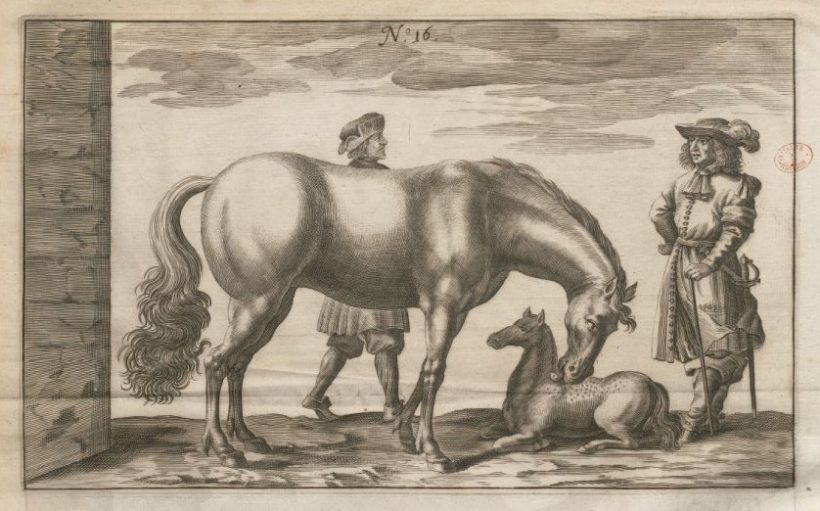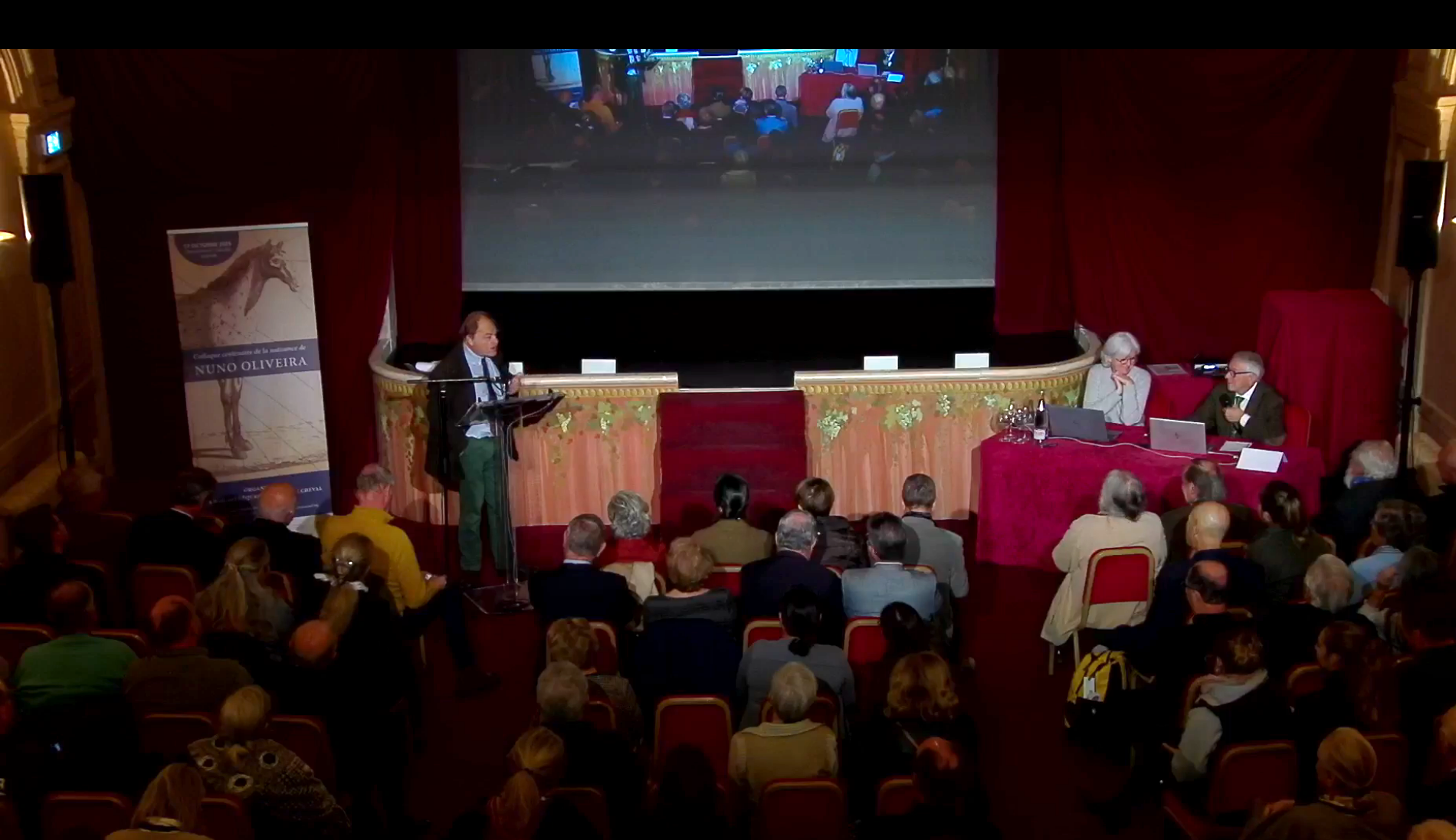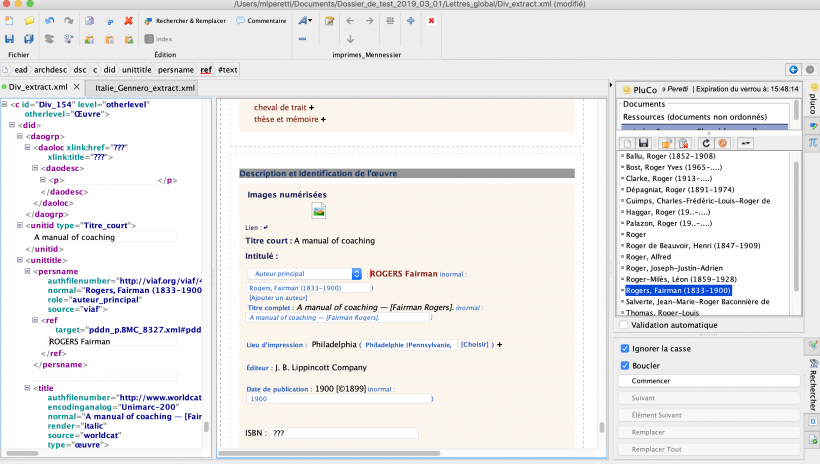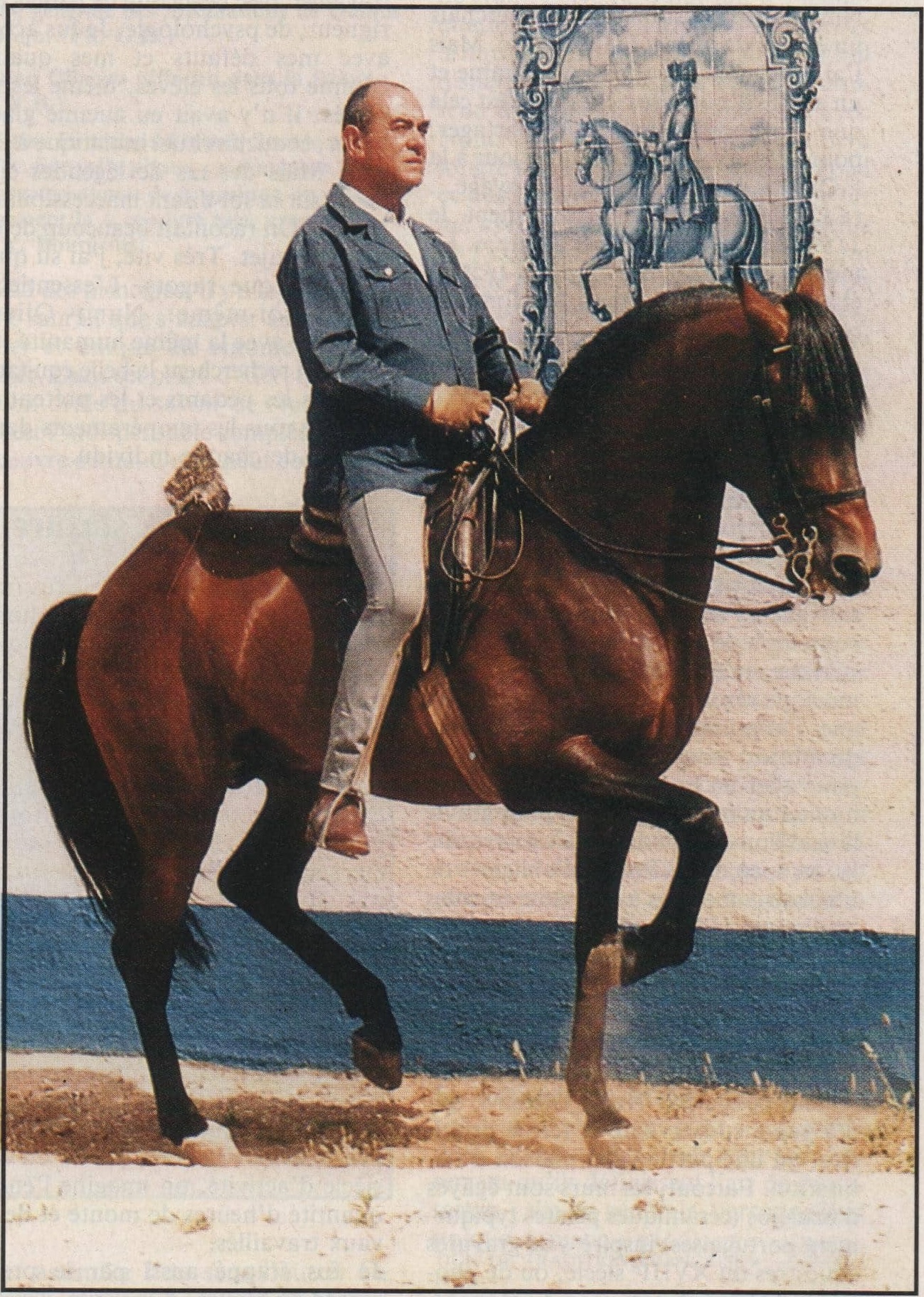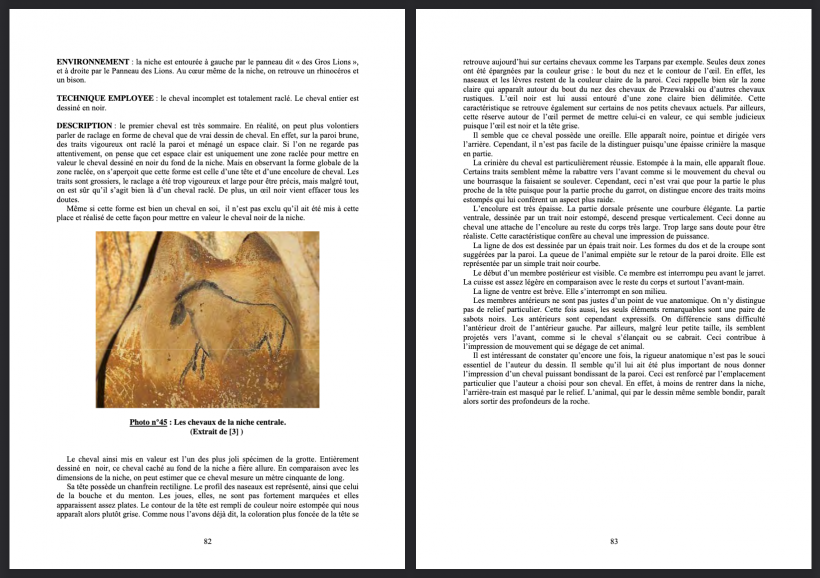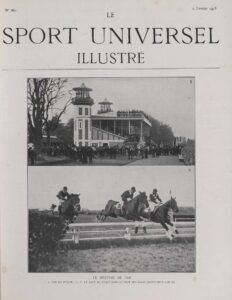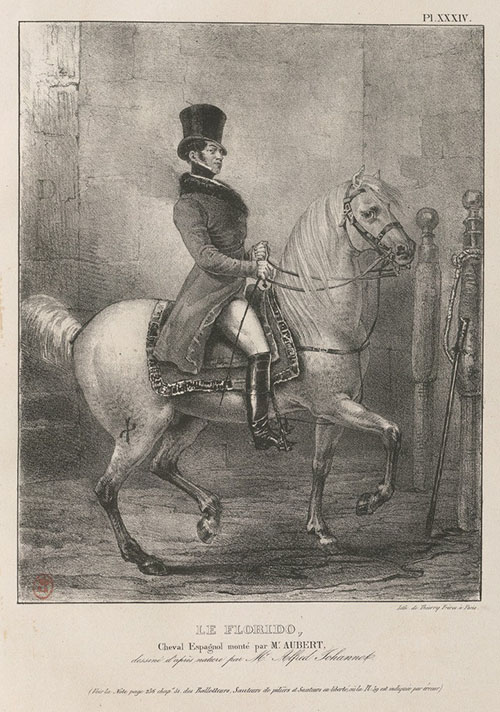
Aubert, The squire of the ladies
His Treatise on Horsemanship, published in 1836, which Monteilhet called “remarkable, complete, adjusted and which, both for its good classicism and for its thoroughness, occupies a happy middle ground between that of La Guérinière and that of Steinbrecht “, included, in addition to the text, a very useful atlas of plates.
Thanks to the experience gained at Vincent’s riding school, called the Ladies Riding School , she undertook, with the same rigor, an adaptation of the teaching for women. We must not forget that the time and the clothing forced them to ride in the amazon way. The teaching of the handling of the forks had to be specific: they were taught to trot in the English way, to gallop with the right foot while they sat more in the center of the saddle. He also advised them to shorten the tail of the skirt to avoid accidents.
For him, a woman had to learn to ride correctly so as not to imitate those “crazy women” who, on the Champs-Élysées, “gallop with their horses at full speed between stagecoaches and trunks! Laughing like mad women, with the body bent over the horse’s neck, moving the arms in an exaggerated way as they shake the animal’s bridle, they care little if their skirts cover gracefully and properly or leave a wide margin for the indiscretion of the animals.” His diatribe is also directed against the “industrial horsemen” who give full training in two classes and rent horses with payment in advance. Whatever happens! This was fertile ground for illustrators throughout the century, like Crafty, who delighted in drawing the mishaps of city horsemen.
Aubert was also a critic of the method of François Baucher, first form. He maintains a special place in the pantheon of squires, thanks to his classical training in the pure tradition of Versailles, punctuated with trips to other academies, such as Vienna or Milan.
Know more:
- The Aubert Books
